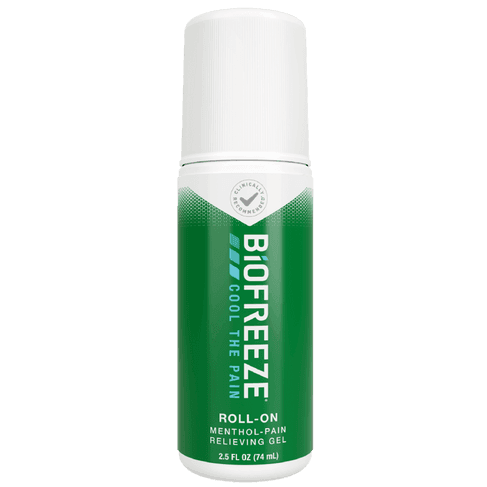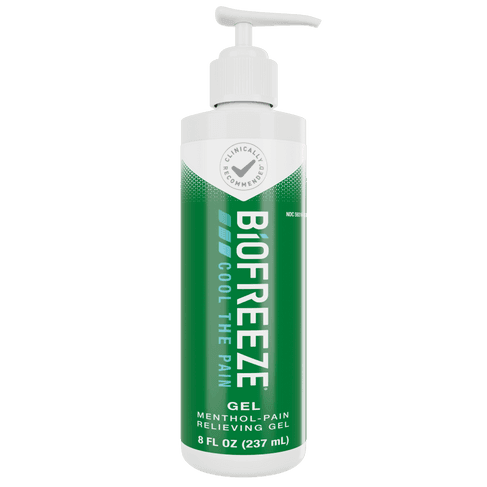A Guide to Relieving Muscle Pain and Discomfort

Ice vs heat: which is the ultimate pain reliever? In this article, we answer this commonly asked question. We’ll provide clarity on whether ice or heat therapy is more beneficial in alleviating pain, guiding you toward the most suitable treatment for your specific needs.
This article has been medically reviewed for accuracy
Ice vs heat: which is the ultimate pain reliever? In this article, we answer this commonly asked question. We’ll provide clarity on whether ice or heat therapy is more beneficial in alleviating pain, guiding you toward the most suitable treatment for your specific needs.
You might be asking yourself: is heat or ice better for back pain? The good news is that both ice and heat therapies are easily accessible, affordable, and natural ways of relieving pain. But they work differently and are recommended for different situations.
Ice therapy eases inflammation and numbs the area, providing temporary pain relief, especially in the early stages of injury (<6 weeks)1,2. In comparison, heat therapy eases stiffness after inflammation resolves making it beneficial for the treatment of chronic or ongoing pain.1,2
Cold therapy or ice therapy benefits include reducing inflammation, providing temporary pain relief, and limiting bruising.1 However, it can cause skin damage if used incorrectly. People with sensory disorders that prevent them from feeling certain sensations must be particularly careful when they’re using ice.2
In comparison, heat therapy benefits include increased blood flow and relaxed muscles. Heat therapy is beneficial for chronic pain or stiffness. Make sure you’re using warm rather than hot temperatures and avoid keeping heating pads on for too long to prevent burns.2
Heat therapy helps improve blood flow to the area where the heat is applied.2. You can also use heat therapy for tendinosis, sprains, headaches, and chronic osteoarthritis.1
Cold therapy helps reduce inflammation.2 It’s most helpful when used for acute injuries and pain and is beneficial for relieving pain related to pulled muscles or injured tendons, tendinitis, gout flare-ups, and headaches.1 However, you should not use cold therapy on stiff muscles or joints.1
Ice therapy sessions are recommended to last about 10-15 minutes several times a day.2 You can apply an ice pack wrapped in a towel or ice bath to the affected area. You should never apply a frozen item directly to the skin, as it can cause damage to the skin and tissues.1 Apply cold treatment as soon as possible after an injury.1
When using heat therapy, maintain a moderate temperature and limit sessions to 15-20 minutes to prevent skin damage.2 Always use a barrier between the heat source and skin, and check the skin regularly for comfort.2 You can use heat therapy for chronic conditions like muscle stiffness and arthritis but should be avoided on areas with acute inflammation or infection.1.2
If you have a pre-existing condition such as diabetes, multiple sclerosis (MS) or a heart condition, it’s best to check with your doctor before using heat therapy. Similarly, if you’re pregnant, consult your doctor before using saunas or hot tubs.2
This article has been medically reviewed for accuracy



No Mess & Portable
Easily Covers Small & Large Areas
Targeted Relief
Easy Application
Easily Covers Small & Large Areas
Targeted Relief

